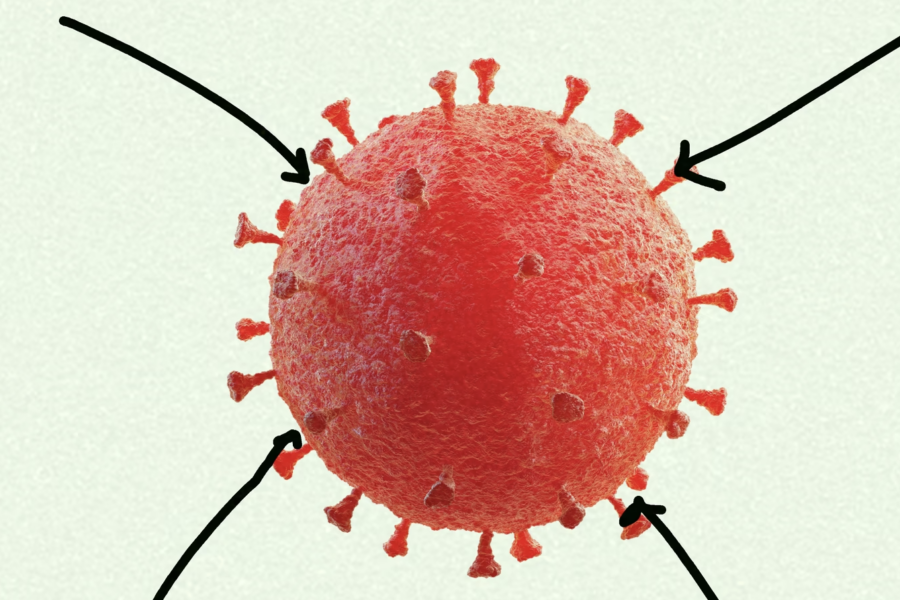The Atlantic A lot went wrong with COVID, but the responses that worked could help guide us in future pandemics.
More than three years ago, the coronavirus pandemic officially became an emergency, and much of the world froze in place while politicians and public-health advisers tried to figure out what on Earth to do. Now the emergency is officially over—the World Health Organization declared so on Friday, and the Biden administration will do the same later this week.
Along the way, almost 7 million people died, according to the WHO, and looking back at the decisions made as COVID spread is, for the most part, a demoralizing exercise. It was already possible to see, in January 2020, that America didn’t have enough masks; in February, that misinformation would proliferate; in March, that nursing homes would become death traps, that inequality would widen, that children’s education, patients’ care, and women’s careers would suffer. What would go wrong has been all too clear from the beginning.
Not every lesson has to be a cautionary tale, however, and the end of the COVID-19 emergency may be, if nothing else, a chance to consider which pandemic policies, decisions, and ideas actually worked out for the best. Put another way: In the face of so much suffering, what went right?
To find out, we called up more than a dozen people who have spent the past several years in the thick of pandemic decision making, and asked: When the next pandemic comes, which concrete action would you repeat in exactly the same way?
What they told us is by no means a comprehensive playbook for handling a future public-health crisis. But they did lay out 23 specific tactics—and five big themes—that have kept the past few years from being even worse.
Good information makes everything else possible.
- Start immediate briefings for the public. At the beginning of March 2020, within days of New York City detecting its first case of COVID-19, Governor Andrew Cuomo and Mayor Bill de Blasio began giving daily or near-daily coronavirus press briefings, many of which included health experts along with elected officials. These briefings gave the public a consistent, reliable narrative to follow during the earliest, most uncertain days of the pandemic, and put science at the forefront of the discourse, Jay Varma, a professor of population health at Cornell University and a former adviser to de Blasio, told us.
- Let everyone see the information you have. In Medway, Massachusetts, for instance, the public-school system set up a data dashboard and released daily testing results. This allowed the entire affected community to see the impact of COVID in schools, Armand Pires, the superintendent of Medway Public Schools, told us.
- Be clear that some data streams are better than others. During the first year of the pandemic, COVID-hospitalization rates were more consistent and reliable than, say, case counts and testing data, which varied with testing shortages and holidays, Erin Kissane, the managing editor of the COVID Tracking Project, told us.The project, which grew out of The Atlantic’s reporting on testing data, tracked COVID cases, hospitalizations, and deaths. CTP made a point of explaining where the data came from, what their flaws and shortcomings were, and why they were messy, instead of worrying about how people might react to this kind of information.
- Act quickly on the data. At the University of Illinois Urbana-Champaign, testing made a difference, because the administration acted quickly after cases started rising faster than predicted when students returned in fall of 2020, Rebecca Lee Smith, a UIUC epidemiologist, told us. The university instituted a “stay at home” order, and cases went down—and remained down. Even after the order ended, students and staff continued to be tested every four days so that anyone with COVID could be identified and isolated quickly.
- And use it to target the places that may need the most attention. In California, a social-vulnerability index helped pinpoint areas to focus vaccine campaigns on, Brad Pollock, UC Davis’s Rolkin Chair in Public-Health Sciences and the leader of Healthy Davis Together, told us. In this instance, that meant places with migrant farmworkers and unhoused people, but this kind of precision public health could also work for other populations.
- Engage with skeptics. Rather than ignore misinformation or pick a fight with the people promoting it, Nirav Shah, the former director of Maine’s CDC, decided to hear them out, going on a local call-in radio show with hosts known to be skeptical of vaccines.
